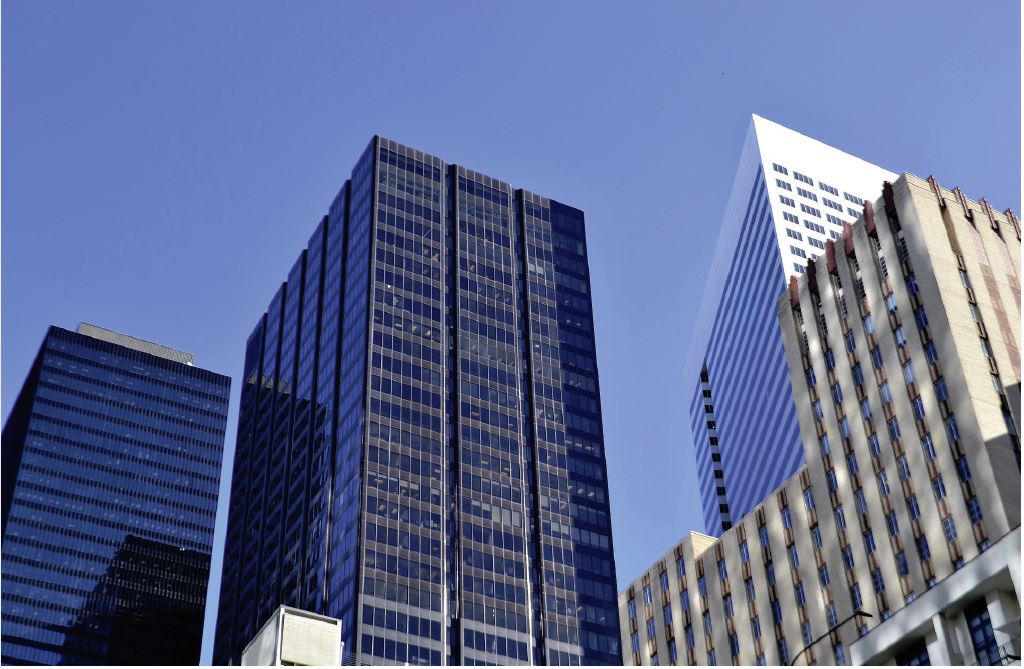While the Houston office market has had a rough 12 months, and will likely to continue to lag in the coming quarters, the industrial market is booming. In fact, the industrial market in Houston is so strong that the metro area has hit the highest quarterly leasing total on record, according to a recent report from NAI Partners.
By the end of the second quarter of this year, Houston’s overall industrial vacancy rate stood at 9%, more or less unchanged since the previous quarter, however, there were 12.5 million square feet of leasing activity recorded for Q2 of 2021, which is more than double the 6 million square feet of leasing activity during the same period last year. A wave of new deliveries from previous quarters has kept inventory levels stable and average gross rent rates relatively flat.
The news is significant for numerous reasons, but namely how the industrial market is helping bolster the broader commercial real estate sector as other asset classes continue to struggle since the start of the pandemic. But other economic indicators continue to show improvement, the report reveals, such as lower unemployment stats, the increase in drilling operations, and an uptick in new construction. Click to read more at www.rednews.com.




